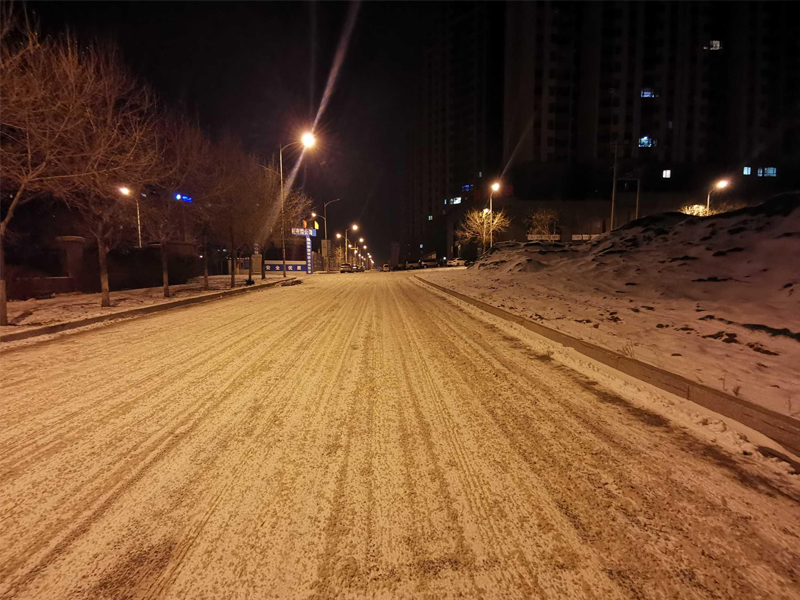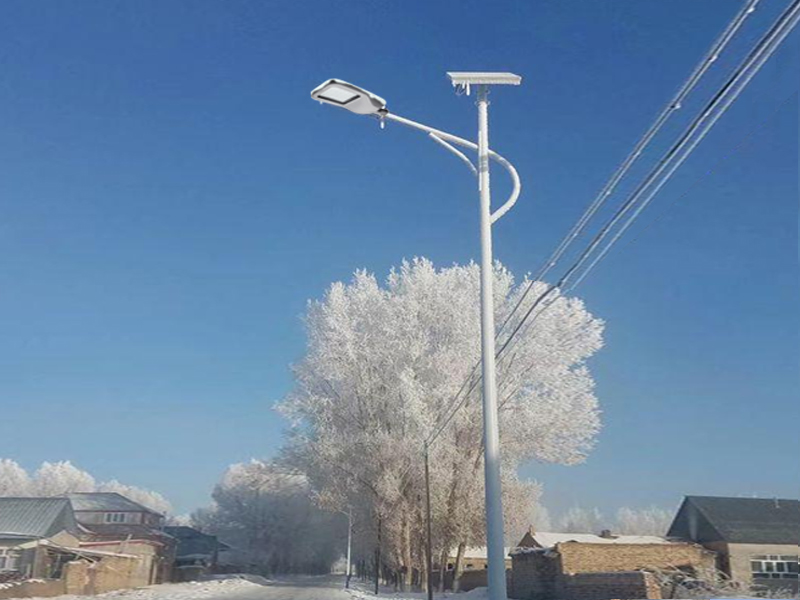Solar street lamps can obtain energy by absorbing sunlight with solar panels, and convert the obtained energy into electrical energy and store it in the battery pack, which will release electrical energy when the lamp is on. But with the arrival of winter, the days are shorter and the nights are longer. In this low temperature situation, what problems may occur when using solar street lamps? Now follow me to understand!
The following problems may occur when using solar street lamps at low temperatures:
1. Solar street light is dim or not bright
The continuous snowy weather will make the snow cover a large area or completely cover the solar panel. As we all know, the solar street lamp emits light by receiving light from the solar panel and storing the electricity in the lithium battery through the volt effect. If the solar panel is covered with snow, then it will not receive light and will not generate current. If the snow is not cleared, The power in the lithium battery of the solar street lamp will gradually decrease to zero, which will cause the brightness of the solar street lamp to become dim or even not bright.
2. The stability of solar street lamps becomes worse
This is because some solar street lamps use lithium iron phosphate batteries. Lithium iron phosphate batteries are not resistant to low temperatures, and their stability in low temperature environments becomes poor. Therefore, the continuous snowstorm is bound to cause a significant reduction in temperature and affect lighting.
The above problems that may occur when solar street lamps are used at low temperatures are shared here. However, none of the above problems is related to the quality of solar street lamps. After the blizzard, the above problems will disappear naturally, so don’t worry.
Post time: Dec-16-2022






